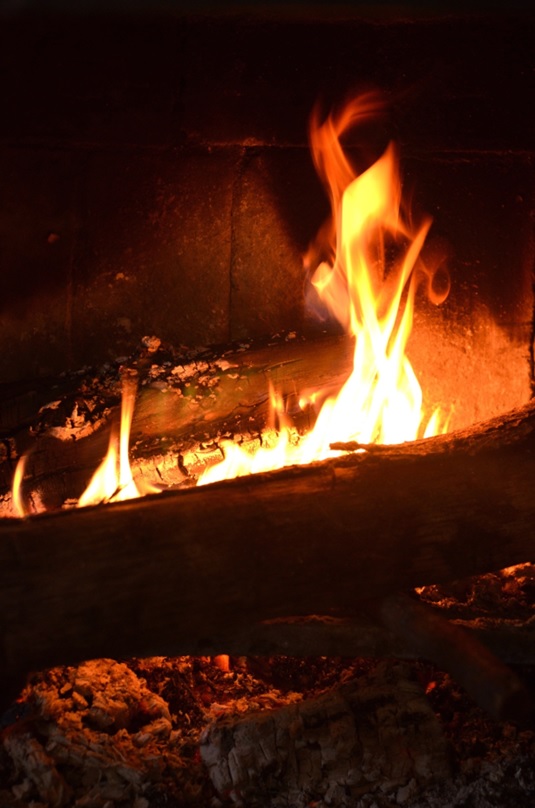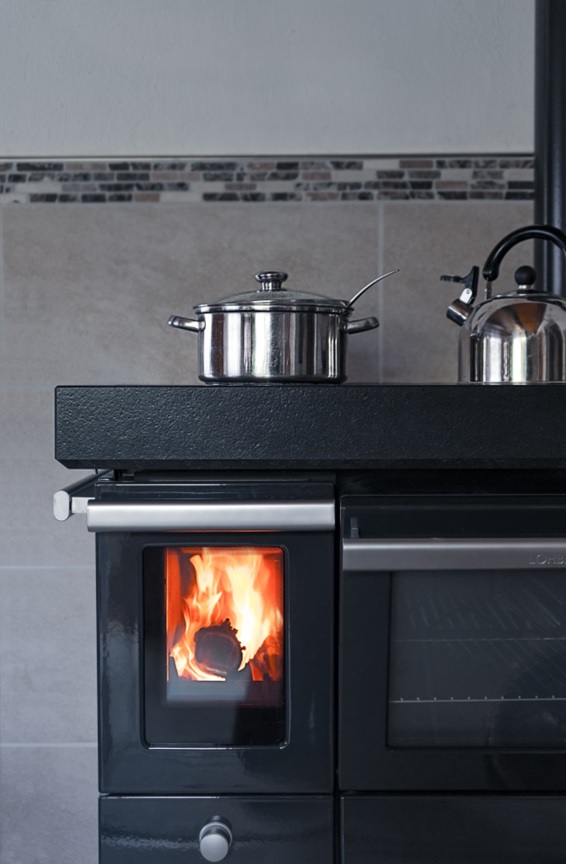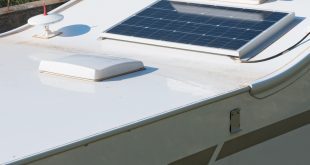Wood stoves are heating appliances that burn wood or other biomass fuel. Generally, these stoves have a closed firebox that is lined with fire brick and equipped with one or more air controls. They are a popular way to heat your home. You can choose from portable, catalytic, or other types of stoves.

Portable wood stoves
Portable stoves are an environmentally friendly alternative to gas-powered stoves. They are lightweight, foldable and can fit in tight spaces. Any wood stove that are portable can be used on the go. They cook all types of foods and are perfect for camping, fishing, hunting, or road trips. They are also ideal for reducing your carbon footprint by conserving fossil fuel.
This product can be made of lightweight carbon steel or stainless steel that are sturdy and have great heat transfer properties. In addition, this product is easy to assemble and disassemble. Many of these products feature a blower attachment to force hot air out of the stove’s vent. The heat is then transferred to the surrounding air through convection.
Portable products are available in a wide variety of sizes and styles. Some models are small and lightweight, while others are large enough for larger areas. Smaller sizes are ideal for planning a family meal on the beach, while larger ones are suitable for cookouts and other community events. They would even be appropriate for a pop-up restaurant.
Catalytic wood stoves
Catalytic stoves are a type of product that uses an active catalyst to transform waste carbon into usable heat. Click the link: https://en.wikipedia.org/wiki/Catalytic_heater for more information about this process. The process requires a high temperature to function effectively. Catalytic types can typically range in temperature from 400 to 500 degrees Fahrenheit.
A catalytic stove is made up of a combustor that’s inside the burning chamber. It’s important to ensure that the combustor gets hot enough to be active and that it’s not damaged. Often, there’s a bypass damper to prevent the combustor from becoming damaged. Some stoves even have a flame shield that protects the combustor from direct flames.
Some catalytic stoves come with a probe thermometer that you can insert into a special part of the stove to monitor its temperature. If the probe indicates that the catalyst element is too hot, you may need to adjust the primary air. If the overheating continues, you may need to reduce the amount of wood.
Another advantage of catalytic stoves is that they burn cleaner. The only drawback is that they cost a little more than their non-catalytic counterparts. However, with proper maintenance, these stoves can last for many years. You may want to consider one before you make your purchase.

Hardwood stoves
A hardwood stove burns wood in a more efficient manner than a softwood stove. This type is denser and heavier than other logs, which means more heat production with less fuel. However, some are less plentiful and may not be available in your area. For this reason, it’s important to select the right product for your stove.
This type of heating device is best in the middle of the room, so if you have an odd-shaped room, it might not be the best choice. The stove’s clearance distance will affect the placement of furniture in the room, so make sure to consider this before buying a wood stove. Also, choose a wood stove that is EPA-certified.
There are three main types of these ovens. You can find both traditional and modern versions, and there are many designs to choose from. Choose one that fits your home’s decor and lifestyle. A stove with a noncatalytic combustor will cost less than a stove with a catalytic combustor.
A wood stove’s emissions are regulated by the Environmental Protection Agency (EPA). This agency initially set emissions guidelines in 1988 and updated them in 2015. The emissions standard for wood ovens was set at 4.5 grams of smoke per hour in 2015. You can click here for more information about the EPA standards.
Soapstone ovens
If you want a warm stove without a lot of noise, soapstone ovens are a great choice. Soapstone is a unique material that gives off radiant heat and stores heat long after a fire dies.
They are a great choice for overnight heating or for use in cold weather. And soapstone ovens save you money on materials, too. Certain models qualify for the 25D Tax Credit, which can save you up to 26 percent of your purchase price.
Soapstone ovens feature a cast-iron framework. To protect the soapstone’s natural properties, you should clean it with a soft cloth after use. If you notice any rust, you can rub it off using steel wool or a wire brush. Once the surface is dry, you can use a high-temperature stove paint.
 World inside pictures Collect and share the best ideas that make our life easier
World inside pictures Collect and share the best ideas that make our life easier





